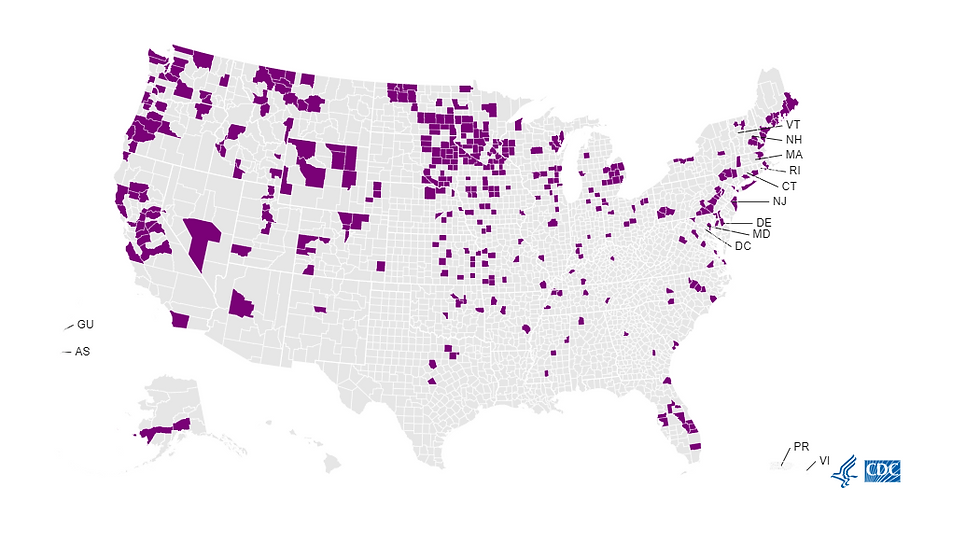A bird in the hand . . . might infect the whole flock
- nichewebs13
- Feb 15, 2023
- 3 min read

There is an old saying that goes something like this, "A bird in the hand is worth two in the bush." The basic meaning was that if you had a bird in your possession it was far more valuable than two out in the wild. (I think the price of eggs is an indicator of the truth of that statement!)
However, these days keeping your flock healthy and alive can be more of a challenge than ever. Even though we aren't hearing much about the bird flu/avian flu currently, that does not mean it has gone away. No! Far from it.
In fact, according to an update on February 15, 2023, from the Centers for Disease Control and Prevention (CDC), the bird flu is "alive and well."

With nearly 60 million poultry affected by the disease, I think it is safe to say we have a problem. If you are a poultry farmer, you are likely very well aware of the situation.
The CDC reports, "Highly pathogenic avian influenza (HPAI) A(H5) viruses have been detected in U.S. wild aquatic birds, commercial poultry and backyard or hobbyist flocks beginning in January 2022. These are the first detections of HPAI A(H5) viruses in the U.S. since 2016."
Since those first detections a little over a year ago, the problem has been flying high!

Avian Influenza in Poultry (Domesticated Birds)
According to the CDC, "domesticated birds (chickens, turkeys, ducks, etc.) may become infected with avian influenza A viruses through direct contact with infected waterfowl or other infected poultry, or through contact with surfaces that have been contaminated with the viruses.
Avian influenza outbreaks in domesticated birds are of concern for several reasons:
the potential for low pathogenic avian influenza A(H5) and A(H7) viruses to evolve into highly pathogenic avian influenza A(H5) and A(H7) viruses with major agricultural implications
the potential for rapid spread and significant illness and death among poultry during outbreaks of highly pathogenic avian influenza
the economic impact and trade restrictions from a highly pathogenic avian influenza outbreak
the possibility that avian influenza A viruses could be transmitted to humans exposed to infected birds

When avian influenza A(H5) or A(H7) virus outbreaks occur in poultry, depopulation (or culling, also called “stamping out”) of infected flocks is usually carried out.
The loss of an entire flock can be financially devastating for smaller poultry operations.
In addition, surveillance of flocks that are nearby or linked to the infected flock(s) and quarantine of exposed flocks with culling if the disease is detected, is the preferred control and eradication methods.
See Past Outbreaks of Avian Influenza for more information about avian influenza A virus infections in U.S. poultry. More information about avian influenza in poultry in the United States is available through the United States Department of Agriculture’s Animal and Plant Health Inspection Service.
Is there hope?
Of course, there is!
There are so many challenges with Avian Flu and keeping your flock alive and healthy! Locking up the coops and barns...Wearing proper, sanitized clothing...Ensuring no passing of unauthorized animals or humans to the flocks...Spraying with an effective, safe protocol that WORKS...
YES - this is where LastGerm can help YOU. We kill down to the very LastGerm!
The following video was filmed sanitizing using Vital Oxide and BioProtect. Our new GoldShield and Pure&Clean products are all great for disinfecting any area as well.
Keep the flocks alive and thriving! If you have any questions, please contact us and we will make sure you get the information you need to make the best decisions for your flocks.
If you have other questions or would like to know more about any of our great products, please contact an agent near you who will be happy to assist you. You can also check out our entire site at: www.lastgerm.com. You will be glad you did!

Comments